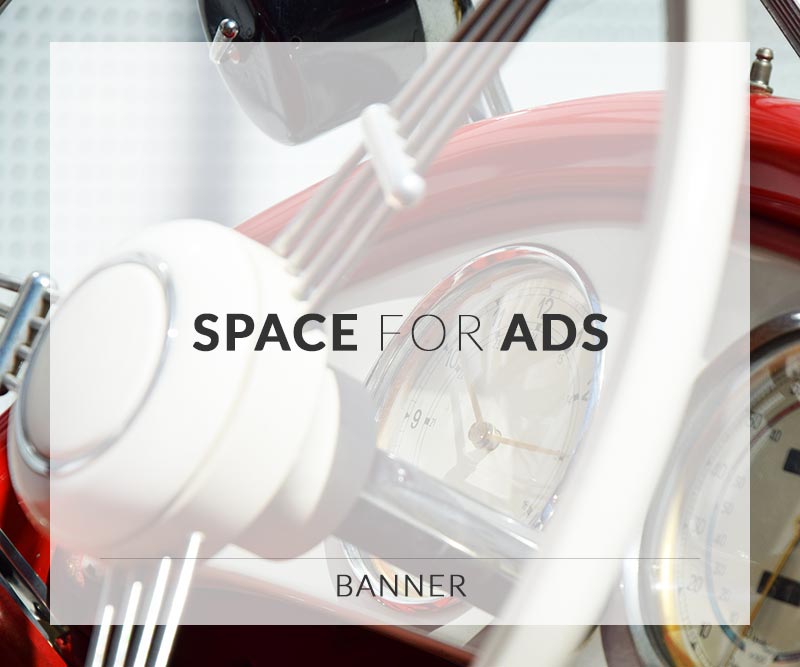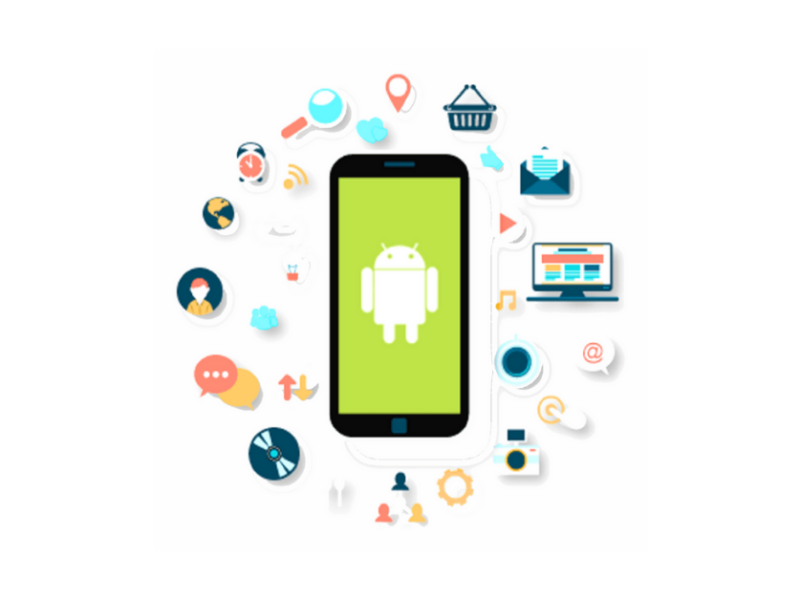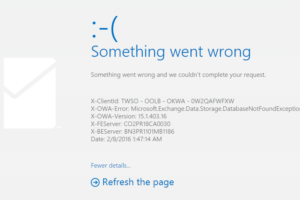Maintaining composure behind the wheel is critical, not only for your own safety but also for the safety of everyone else on the road. Whether you’re on a road trip or simply on your way to work, it’s important to always be aware of what’s going on around you. Of course, it’s also crucial to have access to your phone while driving, so that you may use it for things like directions, music, and simple voice commands.
Android Auto is wonderful for vehicles with integrated dashboards, but unless you have a newer model or are prepared to buy a new head unit, you can’t utilize it. With the release of Android 12, Google discontinued Android Auto for phone displays. While a successor, Assistant Driving Mode, has developed, the decision has been met with criticism.
There are more options than the Assistance Driving Mode. You may find a number of Android Auto alternatives on the Play Store, but many of them haven’t seen significant development in years. With some drivers still not convinced that Assistant Driving Mode is ready for prime time, it’s worthwhile to investigate other Android interfaces designed with cars in mind.
Mode de conduite aide
I’ll just say it: Assistant Driving Mode is still the greatest method to handle your phone while driving directions, as monotonous and predictable as it may be. Google has made it more convenient to activate the app by adding both a Bluetooth auto-launch feature and, thank goodness, a shortcut to the app’s icon on the home screen. Despite how simple it may seem, this was one of the biggest hurdles until last year, when Driving Mode took the role of Android Auto.
It’s up to individual taste whether or not you like Google’s modernized user interface in this case. The Driving Mode home screen includes about all the features I could ask for, including shortcuts to frequently used apps like messages and contacts, as well as widgets for suggested media and playback controls. A voice button allows you to quickly give a new command if you need it, and the applications page provides further information about services like Spotify and Pocket Casts.
Yet, Driving Mode is not without its flaws. Over half of the viewable screen real estate is taken up by the maps panel while you’re actively going to a destination (else it’s just a banner with a search box for addresses). Google isn’t utilizing this area to show real-time journey progress; instead, it’s displaying the broad outline of the route you’ve chosen. Instead of keeping you in a driving-friendly interface, tapping on this widget will transport you to Google Maps. There is no quick or secure method to return to Driving Mode if you don’t have any media playing on your phone, or if the playback bar fails to load, as it often happened for me. It’s inconvenient to use while testing when seated still, and it may be plain unsafe to use while driving.
Google’s strange choice to restrict Driving Mode to Maps means that it can’t be used with any other navigation program, not even the one it owns, Waze. Unfortunately, you won’t be able to use any other mapping provider but Google Maps. There are also a few minor issues that have not been resolved. Many people would like to use a GPS app in landscape mode, which is still mysteriously absent. There’s no valid excuse for the Driving Mode user interface not to take use of auto-rotate, as Maps already does so. There are no tuning or customization options for the home screen layout on the settings page. There’s no way to modify this setting if, say, the current weather is more relevant to you than a shortcut for sending messages or a playlist that Spotify thinks you’ll like.
Although all of these problems are certainly unpleasant, they are not fatal enough to displace Driving Mode as Android’s most user-friendly interface while operating in a vehicle at now. It may or may not be indicative of how popular Google’s new driving app is. Rather, I believe it demonstrates how slowly this industry has developed and how well Driving Mode is incorporated into the most recent versions of Android.
AutoMate
AutoMate will likely be the first alternative to Android Auto that you come across in your search. It has been available for quite some time; in fact, it was essentially a custom-built Auto clone for phones over a year before Google offered the same capability. As an official driving Interface was released, however, AutoMate’s popularity immediately declined. The most recent version was released about a year ago, and it just addressed a problem that was caused by Android 11, without adding any new functionality.
As compared to today’s standards, AutoMate’s aesthetics are decidedly obsolete. Its card-based UI is reminiscent of Android 5.0 Lollipop, which may appeal to some as a throwback but which may be at odds with the 2022 design trends focused on Material You. The app’s speedometer and odometer are located at the very top, while a series of buttons runs at the very bottom. AutoMate isn’t designed to take use of higher screens, so you’ll have less usable real estate on any current smartphone.
Everyone should be able to find what they need in the four icons down the bottom: navigation, phone, media, and shortcuts, plus a fifth for the home screen. For instance, the default provider, Pocket Casts, wasn’t actively playing music, so I had to switch to Spotify manually in the media page. Your current location, speed, and estimated time of arrival are shown in the navigation page, but the path you should take is not evident. It’s simple to contact a loved one by mistake because to the phone tab, which supports messages but prioritizes phone calls.
AutoMate might be a good alternative to Android Auto if you can get past its archaic design and unusual navigation arrangement. Don’t hold your breath for any further updates on this; it seems to be dead in the water.
AutoZen
You might think of AutoZen as a more up-to-date alternative to AutoMate. It has a similar tabbed interface, but the media and maps tabs have been merged into one page, and an alerts panel has been added. While there is no dedicated inbox, smart and auto-reply features are available directly inside the notification system. A large number of navigation and media applications work with it (including YouTube), and the included weather and calendar apps are nice bonuses.
AutoZen’s free tier has the same mapping problem as AutoMate’s, forcing the user out of the car-optimized interface and into the app itself. The solution to this issue is to sign up for a premium membership, which can be had for very little money (a yearly plan costs about $7). However, it does not integrate with other navigation apps like Google Maps or Waze. Instead, AutoZen relies on MapBox to run its in-house mapping service. From what I can tell from reading evaluations, this function has met with lukewarm ratings due to its lengthy rerouting timings and, presumably, its lack of options.
AutoZen is currently under development, with the most recent upgrade arriving in early 2022. It’s not perfect—and some users may be reluctant to pay for an upgrade—but it does a good job of bridging the gap between the original Android Auto and today’s driving landscape. While AutoZen has not yet reached 100,000 downloads on the Play Store, it has great potential to become a smash success.
Drivemode
You have to give it to the creators of Drivemode; they didn’t even attempt to copy Android Auto. This program acts as an overlay for other applications like Google Maps, allowing drivers to securely use these functions with the help of swipes and voice navigation. I found the whole UI to be very complicated and cumbersome. The sliders to turn off the overbearing narrative and blaring sound effects that accompany every move are tucked away in the game’s settings. I’m willing to wager that by the time you discover them, most people are already annoyed.
Because Google included Driving Mode into Maps, there’s no longer any need for Drivemode. This software does include an overlay where you can access the music player’s controls, but you know what else does? The Google Maps application. If you want to get where you’re going quicker than Drivemode allows, you should just hit the skip button at the bottom of the navigation bar. Swipe right to skip the current song, scroll down to see the next one, press Spotify, wait for it to load, and then tap again to close it. Ten seconds have passed as you stare at your phone, and you’ve already passed your exit.
Drivemode is the most unusual program I tried, and it may be useful for certain people. It’s difficult to justify keeping a second service operating in the background when its primary function is already provided by Google’s built-in Maps app.

























